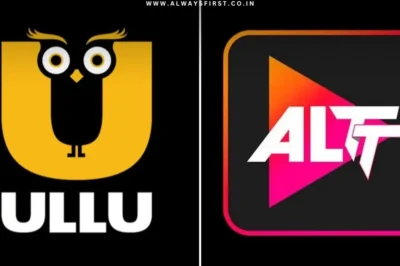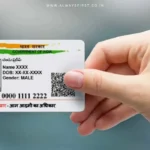Key Takeaways:
✅ No More Photocopies: e-Aadhaar with QR codes will replace physical documents for identity verification.
✅ Mobile App Upgrades: Users can update details like name and address via the Aadhaar app—no need for in-person visits.
✅ Govt Data Integration: UIDAI will sync Aadhaar details with PAN, passports, and other verified records to reduce errors.
India’s Aadhaar System Set for a Digital Revolution
The days of carrying photocopied Aadhaar cards may soon be over. In a significant move toward digital governance, the Unique Identification Authority of India (UIDAI) is preparing to launch a nationwide QR code-based e-Aadhaar system by December 2025. This upgrade will allow citizens to verify their identity with just a quick scan—eliminating the hassle of physical documents.
UIDAI CEO Bhuvnesh Kumar confirmed that the groundwork has already begun. Out of the 1 lakh Aadhaar authentication machines currently in use, around 2,000 have already been upgraded to support QR-based verification. This shift is expected to make identity checks faster and more secure across government and private services.
Aadhaar App Gets a User-Friendly Makeover
Alongside the QR code rollout, UIDAI is revamping its mAadhaar mobile app to simplify profile updates. Starting November 2025, users will be able to change their name, address, and date of birth directly from the app—without visiting an enrolment center. The only exceptions will be biometric updates (fingerprint or iris scans), which will still require an in-person visit.
This change is set to reduce paperwork and long queues at Aadhaar centers, making the system far more convenient for India’s 1.3 billion cardholders.
Seamless Data Integration from Govt Records
To further streamline verification, UIDAI will automatically pull data from verified government sources, including:
- Birth certificates
- PAN cards & passports
- Driver’s licenses & ration cards
- MNREGA work records
- Electricity bills (for address proof)
By relying on pre-authenticated records, the new system aims to minimize errors and fraud, reducing the need for repeated document submissions.
A Safer, Smarter Aadhaar for the Digital Age
With these upgrades, UIDAI aims to make Aadhaar more secure, efficient, and user-friendly. The shift to QR-based verification and mobile updates could significantly curb identity fraud while speeding up access to essential services.
By late 2025, your Aadhaar card may no longer be a physical document—but a quick, secure scan away









































Leave a Reply